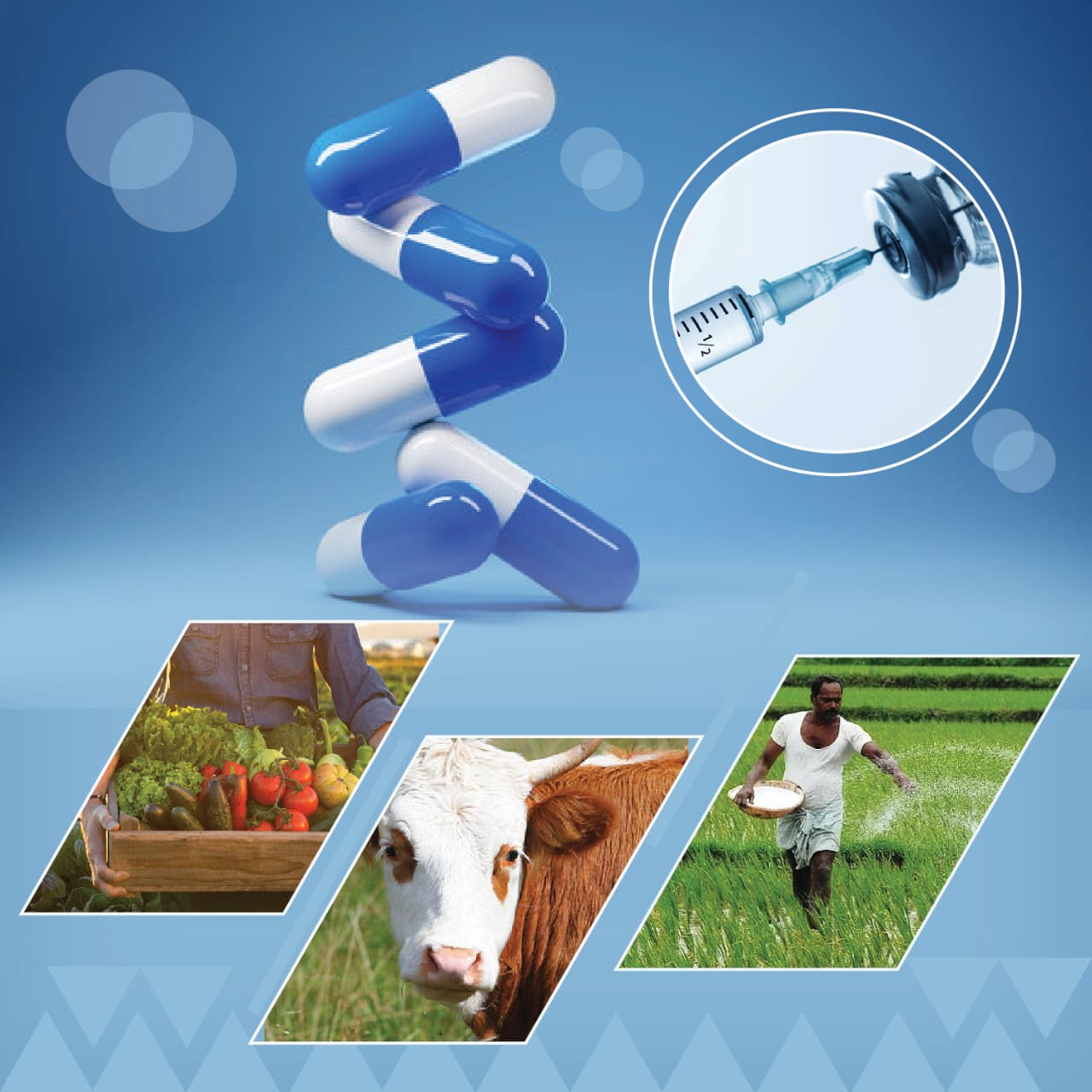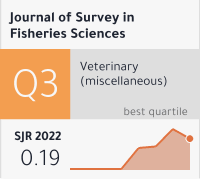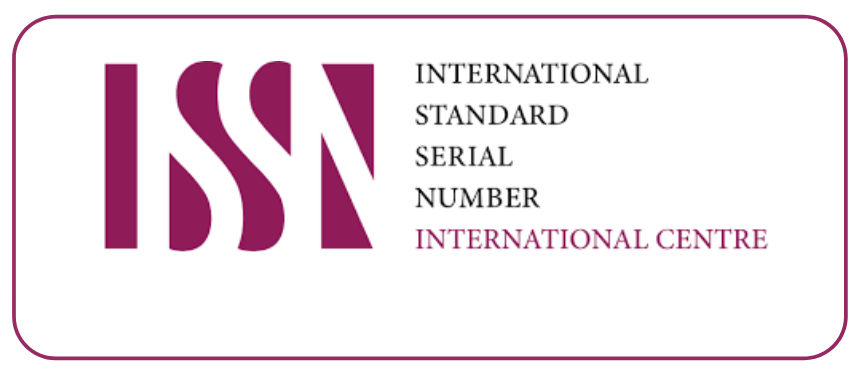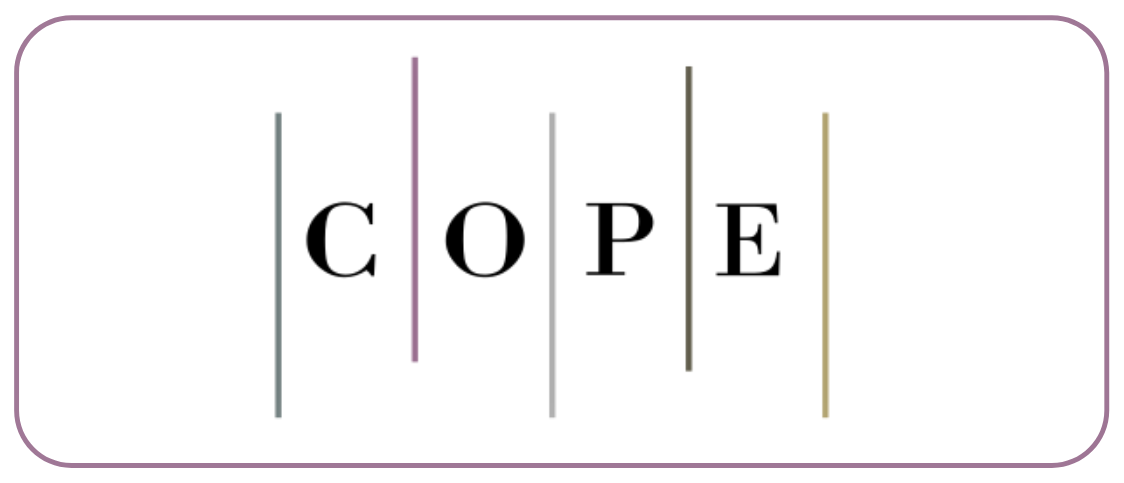Genetic Analysis of Saltwater Crocodile (Crocodylus porosus) from Sarawak River Basin, Sarawak using Cytochrome Oxidase I and Cytochrome b Gene Analysis
DOI:
https://doi.org/10.17762/sfs.v10i1.10Keywords:
crocodile, genetics, Cytochrome oxidase I, Cytochrome bAbstract
Crocodylus porosus or known as saltwater crocodile is the common crocodilian species in Sarawak. C. porosus is currently placed under Appendix II of Convention on International Trade in Endangered Species of Wild Flora and Fauna (CITES) in Sarawak, thus trade is allowed with Permits from the authority. Sarawak River Basin (SRB) supports a large C. porosus wild population and will be involved in regulated crocodile harvesting exercise. However, there is limited information on the genetics of crocodiles in the area. Thus, this study is designed to determine the genetic diversity and molecular phylogeny of C. porosus using combine gene of Cytochrome Oxidase I (COI) and Cytochrome b (Cyt b) mtDNA gene analysis. Scutes and tissues samples were collected from wild crocodiles in SRB, later subjected to standard molecular biology techniques and DNA sequencing. Approximately 499 bp of COI gene and 418 bp of Cyt b genes from 9 individuals had been successfully sequenced. Nucleotide composition analysis showed that Cytosine is the highest while the lowest was Guanine and higher proportion of A+T bases was observed compared to G+C bases for both genes. The average nucleotide frequencies combine genes are as follow: Adenine = 28.5%, Thymine = 26.8%, Cytosine = 28.7% and Guanine = 16.0%, respectively. In this study, intraspecific genetic divergence values of C. porosus ranged between 0 to 1.7% for both genes whereas interspecific genetic divergence values range between 8.5 to 10%. Based on both COI and Cyt b gene information, phylogenetics trees constructed using Neighbour-joining, Maximum Parsimony and Maximum Likelihood methods show that C.porosus is monophyletic, with Tomistoma schlegelii as the outgroup. This is an ongoing project as more samples are needed to produce a large database for future metagenomics study of Sarawak crocodiles.










